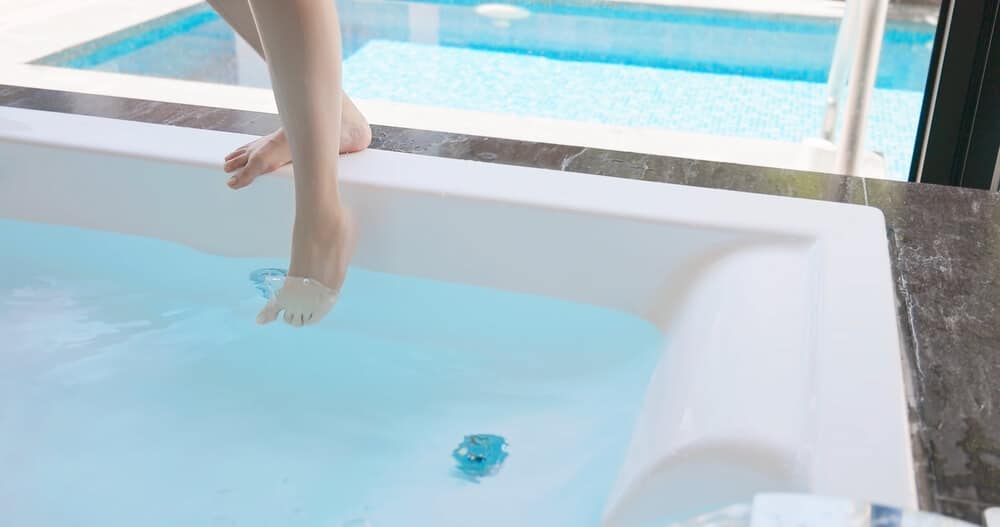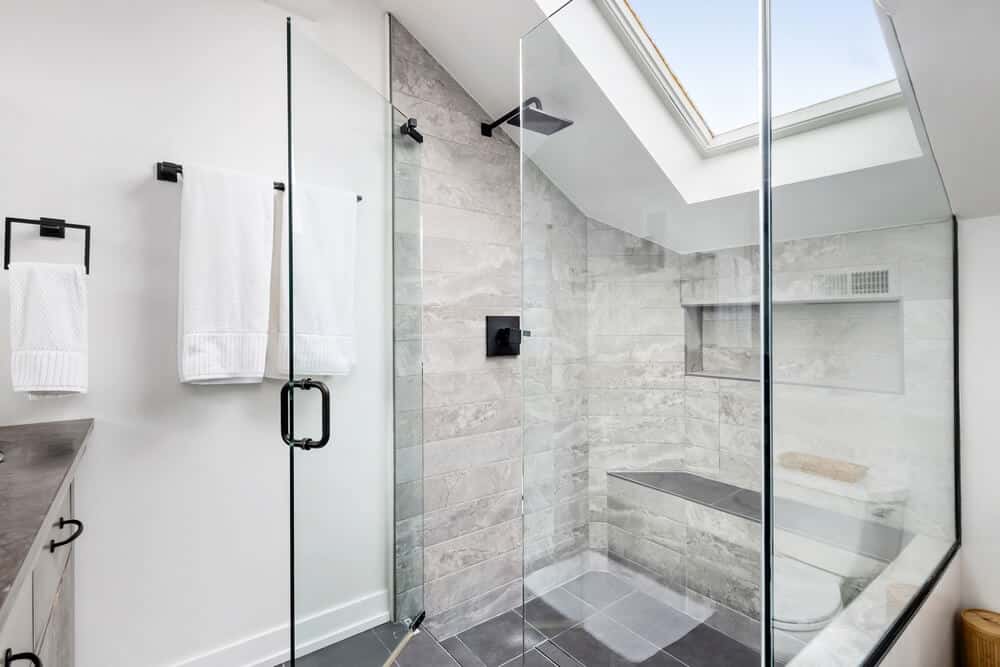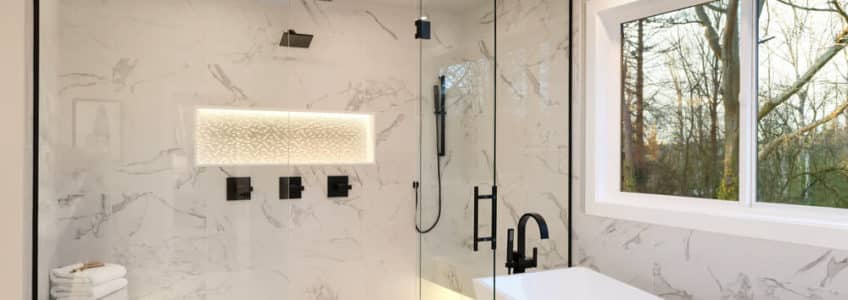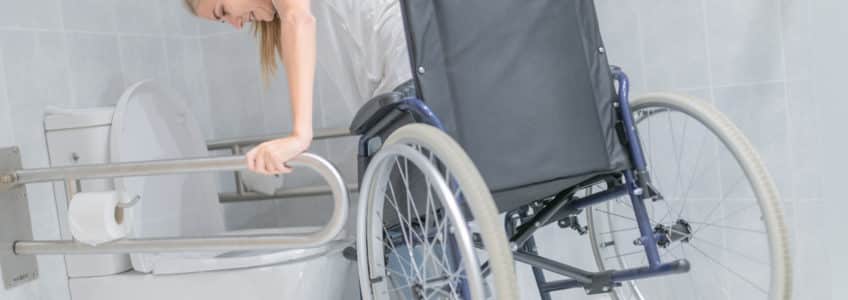What Type of Siding Is Best Suited for Minnesota’s Climate?
Living in Minnesota, your home’s siding is subjected to various weather conditions, from blistering summers to freezing winters. Your home’s siding, serving as the first line of defense, is subjected to this broad range of weather conditions. It must bear the brunt of scorching sun rays, endure the harsh winter frosts, resist the heavy downpours, and hold strong against the forceful winds. Therefore, choosing the right siding material for your home becomes a crucial decision.
The Impact of Minnesota’s Climate on Your Home’s Siding
Living in Minnesota, your home’s siding is subjected to a broad range of weather conditions, from blistering summers to freezing winters. These extreme shifts can impact the lifespan of your siding.
- Winter and Snow: Minnesota is known for its harsh winters. Heavy snowfall can lead to moisture seeping into your siding, leading to rot, mold, or mildew. The freezing and thawing cycle can also cause siding materials to contract and expand, leading to cracks or damage over time.
- Summer and Heat: On the other end of the spectrum, Minnesota’s summers bring heat and humidity. High temperatures can cause some siding materials, like vinyl, to warp or buckle.
- Storms and Wind: Minnesota is also prone to severe storms, especially in the spring and fall. High winds can loosen siding panels, while hail can cause dents or even puncture holes in some materials.
The unique climate considerations in Minnesota mean that homeowners may need to replace their siding more frequently than in milder climates. It also underscores the importance of choosing a durable siding material that can withstand these extreme conditions. Regular inspections, particularly after severe weather events, can help catch potential issues early before they require major repairs or replacement.
Different Types of Siding
Selecting the right siding for homes in Minnesota is essential due to the state’s intense climate, characterized by severe winters and extreme temperatures. The ideal siding materials should be able to endure these conditions while adding aesthetic appeal to your home.
Brick, Metal, and Fiber Cement Siding
Brick, metal, and fiber cement are among the top siding materials for homes in Minnesota, thanks to their robustness and longevity. While these materials might come at a higher cost, they ensure excellent performance in harsh climates.
Homeowners have increasingly favored fiber cement because of its lasting durability and attractive appearance. It’s specifically designed to withstand the local climate, making it an environmentally friendly choice that stands up well to Minnesota’s weather.
Steel Siding
Steel siding is another formidable option, celebrated for its robustness. It can resist the most brutal winters, making it a reliable investment for Minnesota homes.
Engineered Wood Siding
Engineered wood is yet another durable option that can bear the brunt of harsh Minnesota winters. It’s resistant to warping and deterioration, proving to be a cost-effective and long-lasting choice. LP Smartside, a variant of engineered wood siding, is recommended for its combination of the warmth and beauty of wood with the durability and impact resistance of steel.
Wood Siding
Wood is a popular choice for cabin owners and those who value its natural beauty. It offers solid protection against winter weather and adds a unique aesthetic appeal.
Vinyl Siding
Lastly, vinyl siding is deemed a suitable material for Minnesota’s climate due to its resilience in extreme temperatures and outstanding durability. Its low-maintenance nature makes it a handy choice for homeowners.
Discover the Best Siding for Your Minnesota Home with A to Z Construction
Choosing the right siding for your Minnesota home doesn’t have to be a daunting task. With a wide range of durable and aesthetically pleasing materials available, you can easily find something that suits your specific needs and preferences. Whether you’re drawn to the robustness of steel, the charm of wood, or the resilience of vinyl, the perfect siding for your home is just a decision away.
Our team of experienced professionals is always ready to guide you through the process, ensuring you choose a siding material that not only enhances the beauty of your home but also stands up to Minnesota’s harsh weather conditions. So why wait? Contact A to Z Construction today and let’s turn your house into the perfect home you’ve always dreamed of!
Walk-In Tub vs. Shower: What is Right for your Bathroom Remodel?
Remodeling your bathroom is an exciting project. It’s an opportunity to design a space where you can relax and unwind after a long day. However, creating the right layout and choosing the best amenities for your bathroom remodel project can be challenging.
Are you hesitating between a walk-in tub and a shower? Read on to learn more about these different amenities.
The Benefits of a Walk-in Tub
A walk-in tub, or accessible tub, is a bathtub with a few features designed to enhance comfort and safety. One of these features is the addition of a door that eliminates the need to climb into the tub, and most walk-in tubs also come with a built-in seat or bench.
Compared to a traditional shower, a walk-in tub allows you to sit and relax while you bathe. There are other key benefits to consider, such as adding value to your home.

Comfort
Most walk-in tubs are deep enough so that your lower body and torso are underwater when you bathe. If you need to soak in warm water to relieve sore muscles or chronic pain, a walk-in tub is by far the best option.
Depending on the tub you choose, you might also benefit from an ergonomic sitting area that provides support and contributes to relieving back pain.
Safety
Getting in and out of a traditional tub can be challenging. Slip-and-fall accidents account for over one million emergency room visits every year, and many of these falls happen in the bathroom.
A walk-in tub greatly reduces risks by letting you walk in and out of the tub thanks to the door feature. You can also customize your walk-in tub installation by adding some grab bars in strategic spots.
Whether you have reduced mobility or live in a multi-generational household with older family members and young children, a walk-in tub will make your bathroom a lot safer.
A Luxurious Bathroom Amenity
Compared to a shower, a walk-in tub can make your bathroom feel a lot more inviting. If you’re investing in a bathroom remodel to enhance the value of your home, a luxurious bathroom amenity like a walk-in tub will immediately make your home more appealing to potential buyers.
Why Many Homeowners Opt for a Traditional Shower
Walk-in tubs can make your bathroom safer and more welcoming, but many homeowners prefer traditional showers when planning a bathroom remodel. Here’s why this classic amenity remains a popular choice.
A Space-Saving Amenity
Showers have a much smaller footprint when compared to tubs. Standard sizes range from 32×32” to 36×60.” Tubs typically measure 30×60,” but you need to account for additional clearance to open the door of your walk-in tub and get in and out of the tub comfortably. For small bathrooms, a shower is often a more realistic option compared to a walk-in tub.
Flexibility
Another advantage of choosing a shower for your bathroom remodel is flexibility. If you opt for a walk-in tub, you might have to arrange the entire layout of the bathroom to fit this amenity. You might even have to do some significant plumbing upgrades to connect your new tub.
A shower is a flexible option due to its smaller footprint. You should plan on having at least 30” of clearance to get in and out, but you can install a shower in a corner or opt for a three-piece shower if you have a nook with a plumbing hookup.
Budget and Water Consumption Considerations
Showers are the go-to bathing amenity for a reason. The initial price tag and installation costs are typically less expensive compared to bathtubs, and they help reduce your water consumption and energy usage.
Filling up a bathtub can take as many as 70 gallons of water while showering for five to ten minutes only uses 10 to 25 gallons. You also have to consider the energy needed for your water heater to fill up a bathtub with 70 gallons of hot water.
Plus, installing a tub might require a water heater upgrade if your current appliance can’t keep up with this new amenity, which will increase your renovation budget.
Upgrade Your Bathroom With a Walk-In Tub or Shower

At A to Z Construction, our customers are our priority. We approach each bathroom remodel with the same level of care and consideration to create a personalized space that meets your expectations.
Contact us today to tell us more about your project! Our experts can take a look at your existing bathroom and discuss different options with you, including whether it’s best to upgrade your bathroom with a new walk-in tub or shower.
Accessible Bathroom Remodels
Learn how to make your residential bathroom accessible for individuals with disabilities. Get expert tips on planning, design, and execution of a safe, functional, and comfortable accessible bathroom remodel. Discover the importance of universal design and cost estimates for your project.











